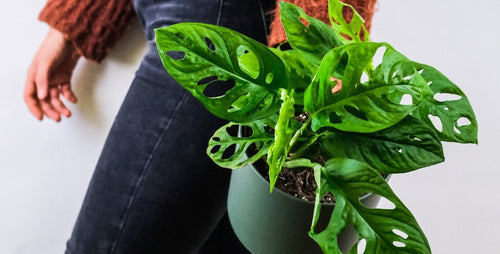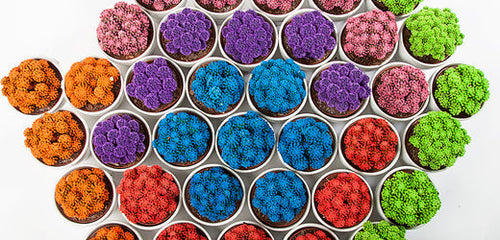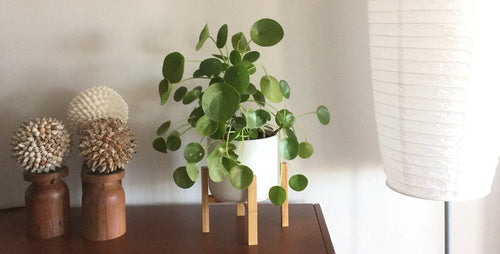Grades: 3-5 | Subjects: Science, Math, Health | Time: Two 30- 40 minutes sessions
* Standards:
Students will …
Benchmark # 1: Know the basic needs of plants and animals (e.g., air, water, nutrients, sunlight/food, space/shelter).
Science Standards 6: Understand relationships among organisms and their physical environment.
Benchmark # 1: Know that plants need certain resources for energy and growth (e.g., air, food, water and sunlight).
Benchmark # 1: Know that the Sun supplies heat and light to the Earth.
Science Standard 12: Understand the nature of scientific inquiry.
Benchmark # 2: Record information collected about the physical world (e.g., in drawings, simple data charts).
Mathematics Standard 4: Understands and applies basic and advanced properties of the concepts of measurement.
Benchmark 2: Selects and uses appropriate tools for given measurement situations (e.g., rulers for length, measuring cups for capacity, protractors for angle).
Benchmark 4: Understands relationships between measures (e.g., between length, perimeter, and area).
Health Standard 2: Know environmental and external factors that affect individual and community health.
Benchmark # 1: Know how the physical environment can impact personal health (e.g., the effects of exposure to air pollution).
Objectives:
Students will be able to…
- Identify the basic needs of plants and animals.
- Identify the different parts of plants and the purposes they serve.
- Explain the interdependent relationships between plants and animals (e.g. the exchange of oxygen and carbon dioxide).
- Create charts and diagrams to organize and report information.
- Select and use appropriate tools and units of measurement for given measurement situation.
Materials:
- Yardstick
- Graph paper
- "In and Out" plant diagram worksheet provided below
- Green plant (optional)
- Coloring and writing utensils
Overview:
Photosynthesis, an essential process to life on Earth, takes place mainly in the leaves of green plants. It is the process that provides us with food and allows us to maintain appropriate levels of oxygen within the atmosphere. Photosynthesis is a chemical process that changes carbon dioxide, water and nutrients/minerals into simple and complex sugars, using the energy from sunlight. The parts of a typical leaf include the upper and lower epidermis, the mesophyll, the vascular bundles, and the stomata. The upper and lower epidermal cells serve primarily as protection for the leaf. The stomata, holes located in the lower epidermis of leaves, also absorb pollutants in the air. Their main purpose is air exchange, absorbing the carbon dioxide and expelling oxygen as a byproduct. The vascular bundles in a leaf are part of the plant's transportation system, moving water and nutrients, up from the roots and around the plant as needed. The mesophyll cells have chloroplasts, which contain the chlorophyll that captures the sunlight, and this is where the process of photosynthesis takes place.
The leaves are where most of the food making is done. The leaves have small holes on the back of them and the carbon dioxide enters the plants through these holes. Once everything is inside the plants, sunlight helps to change them into sugars. The plants use these sugars as food to help them to grow. Once the food is made the plants have oxygen left over that they don’t need so they release it into the air. Without plants we would have not have oxygen to breath. We call this food making process photosynthesis.
Eco-Fact:
Procedure:
Part 1 - Understanding Photosynthesis:
2. Next describe how photosynthesis helps plants to grow. Explain that as a result of the process plants produce more oxygen than they need and that they release it into the atmosphere, giving us more clean air to breathe. At the top, right hand side of the chart, add the label OUT. Add some wavy lines to represent oxygen being released from the plant.
After Making the Green Plant Diagram:
Part 2 - Activity for Determining Number of Plants Needed to Best Filter Indoor Air:
- Explain to students that they will determine the number of houseplants needed to cleanse your classroom of indoor pollutants. Ask students how they can make this determination. Accept response that they will need to first measure size of room. Next students will calculate how many plants are needed to cleanse their classroom based on the rule of at least one plant for every 100 square feet of indoor space
- Using a yardstick, measure and record the dimensions of classroom.
Activity for Younger Students:
- Demonstrate on large graph paper how to count and mark off room representation on graph paper.
- Students can follow steps provided by teacher and mark off room representation on their own graph paper.
- Students will count and color 100 squares to represent one needed plant. Continue procedure using different colored crayons or markers until less than 100 squares remain.
- Discussion questions:
- What is the least amount of plants needed to clean the air in our classroom?
- If we wanted to put 2 plants for every 100 square feet how many would we need?
- If we wanted to put 4 plants for every 100 square feet how many would we need?
Activity for Older Students:
- Remind students of formula to calculate area: length (in feet) x width (in feet) = area (in square feet).
- Divide area by 100 to determine the number of plants needed to best filter air.
- Discussion questions:
- What is the least amount of plants needed to clean the air in our classroom?
- If we wanted to put 2 plants for every 100 square feet how many would we need?
- If we wanted to put 4 plants for every 100 square feet how many would we need?
Adaptations:
- Students can work in pairs to measure classroom dimensions.
Extensions:
- Get green plants to purify the air in your classroom or home.
- Students can research specific plants are best used to remove particular toxins.
- Below are resources for lists of house plants that have been found to eliminate indoor pollutants:
- Visit CostaFarms.com for more information on perfect plants for your classroom and home.© 2010 Green Education Foundation (GEF) Eco-Educational Series All rights reserved.
















